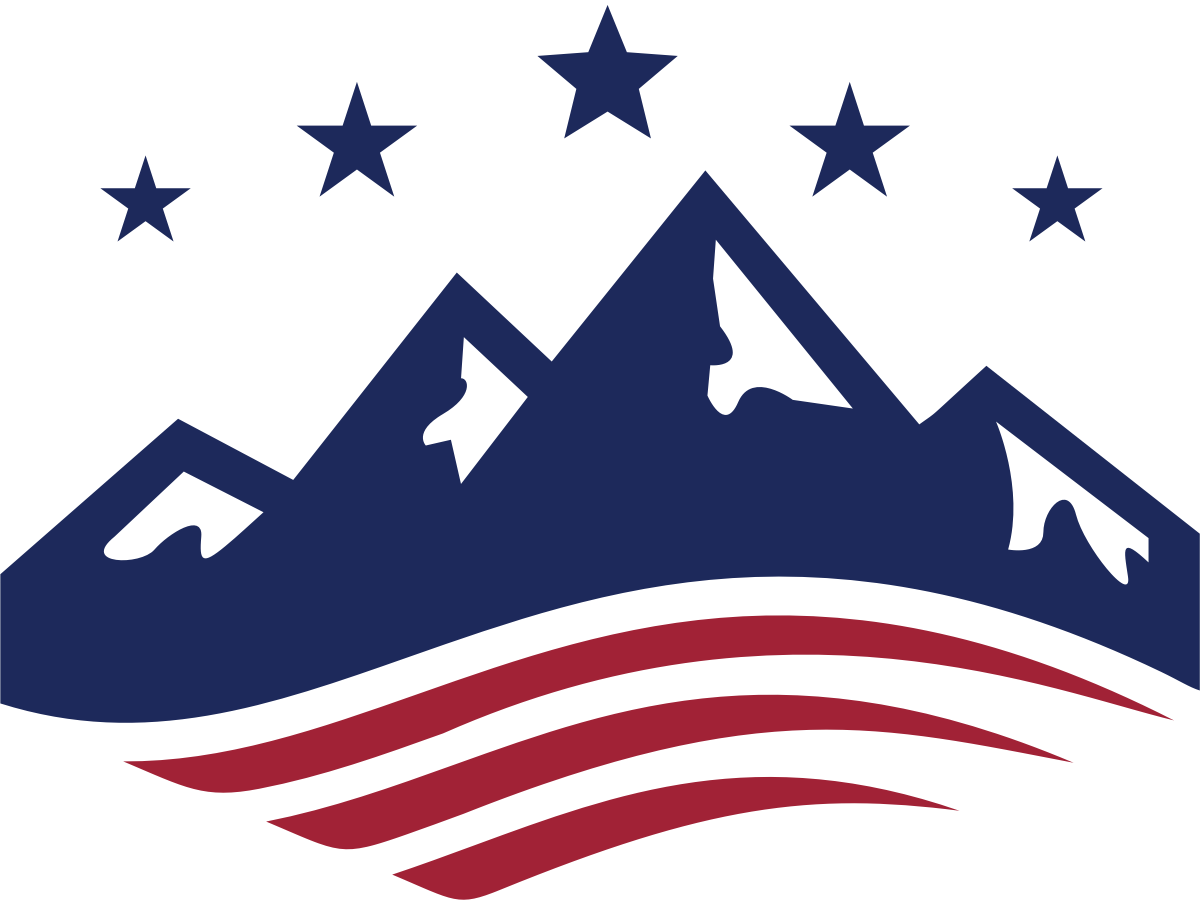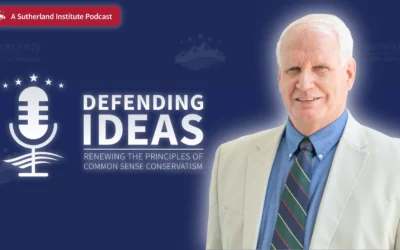
Written by Krisana Finlay
July 6, 2023

The nation’s middle-class families found themselves in a particularly interesting place when it comes to public policy over the past couple of weeks. The U.S. Supreme Court released decisions about issues on which the public had been evenly divided as of earlier this year, such as student loan forgiveness and freedom of speech in business services. These are issues that can also directly impact middle-class households and families.
This principle also holds true in Utah. Public policy decisions made by state and local policymakers directly impact Utah’s middle-class and working families. If leaders want to sustain Utah’s success, it is important they advocate and create policies grounded in sound policy principles that preserve, protect and support Utah’s middle-class households and families.
What is “middle class?”
Although the term “middle class” is broadly and frequently used by economists and media commentators, its definition varies and is the subject of scholarly debate. However, definitions consistently incorporate a specified range of household income and can incorporate additional economic characteristics, like income-to-needs ratios and federal poverty guidelines. Also, definitions of middle class sometimes integrate additional characteristics, like education level, profession, economic security, home ownership, social or political values, and middle class self-identification. In our review of various reports and available data sets, we found two definitions most helpful for the purpose of this article and its comparative analysis. As with many middle-class definitions, these two focused on income-based information.
Why the middle class matters
The middle class matters because it typically incorporates the largest and most robust economic driving force in a community. The Organization for Economic Cooperation and Development (OECD) shared best why a large middle class is so important to society:
A strong and prosperous middle class is crucial for any successful economy and cohesive society. The middle class sustains consumption, it drives much of the investment in education, health and housing and it plays a key role in supporting social protection systems through its tax contributions. Societies with a strong middle class have lower crime rates, they enjoy higher levels of trust and life satisfaction, as well as greater political stability and good governance. … A squeezed middle class raises economic, social, and political risks.
In other words, a strong and growing middle class drives a strong and growing economy and is connected to a higher rate of well-being in a community. Without a strong middle class, the community, economy and government suffer.
The middle class is also important because it once symbolized the American Dream, or the idea that any individual, regardless of background, has equal opportunity to pursue and achieve their highest goals and aspirations by hard work.
Analyzing Utah’s middle class
Utah’s middle class has performed significantly well compared with the nation. The middle-class proportion of total population fell at a 55% higher rate nationally than it did in Utah in recent decades. Nationally, the middle-class proportion of total population fell from 48.3% in 1980 to 44.9% in 2019, while in Utah it declined from 51.4% in 1980 to 49.5% in 2019. More recently, the middle-class proportion of total population in Utah actually increased from 48.6% in 2016 to 49.5% in 2019 – equivalent to 47.8% of households. The same report also showed that Utah’s middle-class proportion of total population was consistently higher than the nation over that time period. Accounting for all household sizes, Utah’s household middle-class income ranged from $45,600 to $111,600 in 2019 dollars, equivalent to $53,967.29 to $132,077.85 in May 2023 dollars.
Supplementary reports also show the nation’s decline and Utah’s comparatively stronger middle class. According to these classifications, 54% of Utah households were middle class in 2019 – the largest share of any state in the nation, closely followed by Wyoming and Idaho (both at 52%).
While Utah’s relatively strong middle class might signal that everything seems OK for families, cost of living data paint a different picture. A middle-class income does not provide the same quality of life as it used to, and being “middle class” does not necessarily mean life is affordable for Utah families. Previous analysis shows that the rise in Utah’s cost of living outpaced its rise in median household income over the last few years. This means families are having to spend more to have the same things as before and living with a smaller share of disposable income, which is commonly known by economists to decrease spending and slow economic recovery.
These shifts in financial means and affordability are not only creating strain on Utah families, they are also creating a generational gap of perspective and understanding of the American Dream. Where older generations once saw the American Dream as attainable, younger generations are seeing it less so as they face growing living costs. A 2021 study found that although different generations defined the American Dream with consistent themes, younger participants expressed more skepticism about the concept, some doubting whether it was an achievable goal.
Families would be well served if lawmakers pursued principled policy approaches that help preserve pathways to – and affordability within – a middle-class life in Utah. This includes pushing for policies that meet Utah families where they are, rather than where policymakers might want them to be. It also means bolstering free enterprise to encourage businesses to serve the needs of the families that make up the bulk of Utah’s economy. When Utah, or any other community, produces a strong and growing middle class, it also produces a strong and growing economy that generally benefits families. So, if policymakers want to keep Utah strong, they should focus on facilitating families’ path into, and affordability within, the middle class.

Insights: analysis, research, and informed commentary from Sutherland experts. For elected officials and public policy professionals.

- The middle class matters because it is the economic driving force of a community.
- Utah’s middle class has performed well compared with the nation, but this doesn’t mean all is well for families.
- To keep Utah strong, policymakers should pursue principled policies that support pathways to the middle class for families.
Read More
Protecting property rights against government overreach
While governments can continue to regulate land use, these regulations and fees must be justified by a government interest and proportional to the effect of the development’s impact on that interest.
Do we need to care about the Utah State Board of Education?
For any Utah voters who also feel like K-12 public education is headed in the wrong direction, learning about the candidates running for a seat on the Utah State Board of Education (USBE) is a wise choice this election season.
Defending education choice the right way
Education choice has exploded in popularity across the nation in recent years. So why does it remain a contentious point of debate in some parts of the country?


